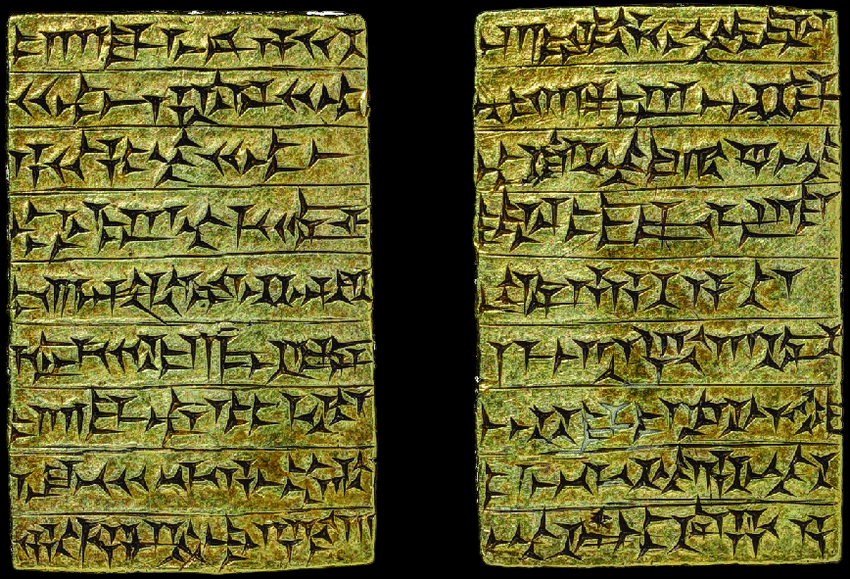
Tokenization of RWAs: The process of representing real-world assets as digital tokens on blockchains and its potential to revolutionize asset management.
Current Challenges with Tokenization: Issues such as fragmentation across blockchains and the need for consistent on-chain data.
Unified Golden Records: A solution that provides a verifiable, updateable, and synchronized data container for tokenized assets, enhancing liquidity and efficiency.
Benefits of Chainlink: How Chainlink’s data enrichment, cross-chain interoperability, and continual synchronization capabilities support unified golden records.
Use Cases: Practical applications of Chainlink-powered unified golden records in areas like NAV data, green bonds, and real estate.
Tokenization of Real-World Assets (RWAs):
- Represents RWAs as digital tokens on blockchains.
- Expected to revolutionize asset management with a projected market size of $16 trillion by 2030.

Current Challenges with Tokenization:
- Fragmentation across multiple blockchains.
- Need for consistent on-chain data for transactions (NAV, proof reserves, pricing, identity).

Unified Golden Records:
- A single, verifiable, and updateable data container on a blockchain.
- Combines ownership and key data for tokenized assets, enhancing liquidity and efficiency.
- Needs to be accessible and synchronized across chains and off-chain systems.

Use Cases:
- NAV Data Onchain: Collaboration with DTCC, Fidelity International, and Sygnum for onchain NAV solutions.
- Green Bonds: Verification and transparency of green bonds, preventing fraud and enhancing market confidence.
- Real Estate: Providing key data (ownership, debt, appraisals) for tokenized real estate assets, improving investment decisions and liquidity.

Benefits of Chainlink for Unified Golden Records:
- Data Enrichment:
- Includes essential off-chain data (pricing, compliance, identity).
- Ensures trust and accessibility across jurisdictions and organizations.
- Cross-Chain Interoperability:
- Facilitates asset movement and data synchronization across different blockchains.
- Uses Chainlink’s Cross-Chain Interoperability Protocol (CCIP).
- Continual Synchronization:
- Maintains up-to-date unified golden records across chains and off-chain systems.
- Supports automated actions and services based on accurate data.



Leave a Reply